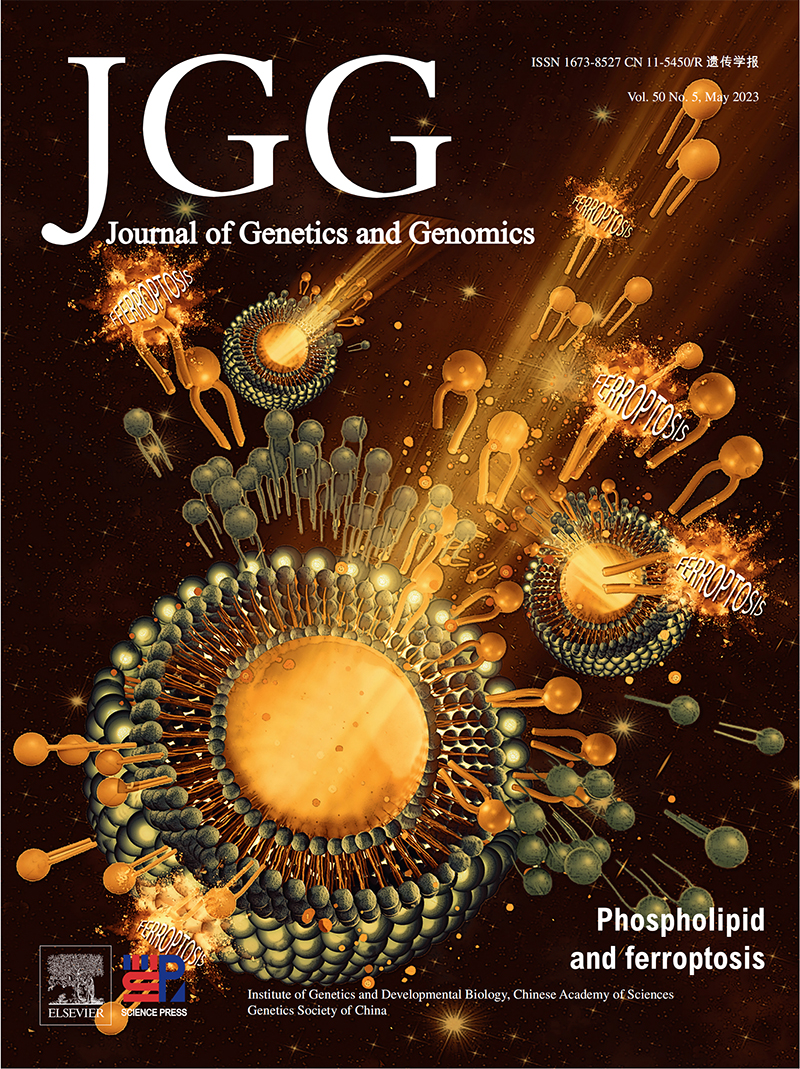2023, 50(5): 341-352.
doi: 10.1016/j.jgg.2022.04.018
Abstract:
Ralstonia solanacearum is a widespread plant bacterial pathogen that can launch a range of type III effectors (T3Es) to cause disease. In this study, we isolate a pathogenic R. solanacearum strain named P380 from tomato rhizosphere. Five out of 12 core T3Es of strain P380 are introduced into Pseudomonas syringae DC3000D36E separately to determine their functions in interacting with plants. DC3000D36E that harbors each effector suppresses FliC-triggered Pti5 and ACRE31 expression, ROS burst, and callose deposition. RipAE, RipU, and RipW elicit cell death as well as upregulate the MAPK cascades in Nicotiana benthamiana. The derivatives RipC1ΔDXDX(T/V) and RipWΔDKXXQ but not RipAEK310R fail to suppress ROS burst. Moreover, RipAEK310R and RipWΔDKXXQ retain the cell death elicitation ability. RipAE and RipW are associated with salicylic acid and jasmonic acid pathways, respectively. RipAE and RipAQ significantly promote the propagation of DC3000D36E in plants. The five core T3Es localize in diverse subcellular organelles of nucleus, plasma membrane, endoplasmic reticulum, and Golgi network. The suppressor of G2 allele of Skp1 is required for RipAE but not RipU-triggered cell death in N. benthamiana. These results indicate that the core T3Es in R. solanacearum play diverse roles in plant-pathogen interactions.







